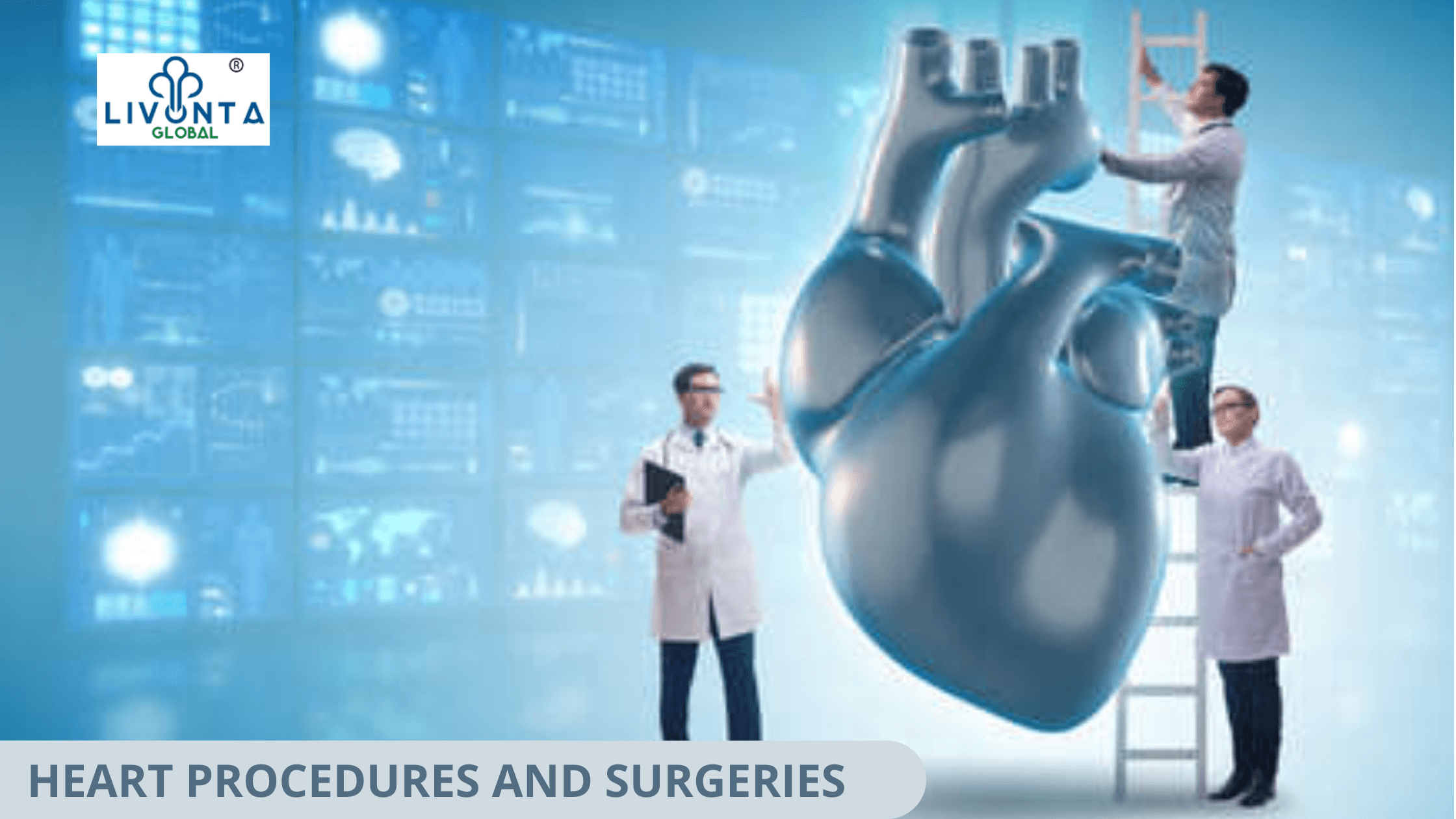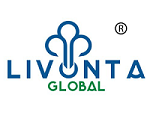
Heart Procedures and Surgeries
To assist you survive heart attack and identify your condition, there are a number of medical conditions. Many heart attack victims, for example, have had thrombolysis, a technique that involves injecting a clot-dissolving chemical into a coronary artery to restore blood flow. Within a few (typically three) hours of a heart attack, this operation is performed. Heart transplant in India is aso getting a popular one given the rise in the use of high standard medical facilities.
There are a number of heart surgery procedures and when you want the best heart treatment in India, you need to reach out to the expert surgeons and cardiologists.
Let us have a look at the common procedures and surgeries done for the Cardiac treatment –
Angioplasty
There’s a number of names for this procedure such as Percutaneous Coronary Interventions [PCI], Balloon Angioplasty and Coronary Artery Balloon Dilation.
The coronary arteries are threaded with special tubing and a deflated balloon connected. The balloon is inflated to open up blocked places where blood supply to the heart muscle has been cut off or diminished. It is frequently used in conjunction with the placement of a stent to assist prop the artery open and reduce the risk of future blockage. Because the body is not sliced open, it is considered less intrusive. The surgery can be anywhere between 30 minutes to several hours.
Artificial Heart Valve Surgery
This procedure is done to replace an abnormal or diseased heart valve with that of a healthy one and you would need to reach out to the top cardiologists for this treatment. When done rightly, it can restore the function of the heart valves and help the person get back to normal lifestyle once again.
Atherectomy
It is a similar process to that of angioplasty except that there is a catheter which comes with a rotating shaver and can cut away the plaque formed in the artery. This helps to get back the regular blood flow and reduce any risk of stroke
Bypass Surgery
This is medically known as Coronary Artery Bypass Graft (CABG) and needs an open heart surgery. This process treats blocked heart arteries by grafting arteries or veins from other regions of the body to reroute blood flow around the stopped artery and supply blood flow to the heart muscle. Depending on how many coronary arteries are constricted, a patient may require one, two, three, or more bypass grafts. It helps to relieve chest pain and reduces any risk of heart attack
Cardiomyoplasty
An experimental operation that involves the removal of skeletal muscles from a patient’s back or abdomen. They’re then wrapped around a sick heart. This extra muscle, along with continuous stimulation from a device akin to a pacemaker, may help the heart pump more efficiently.
This process helps to better the pumping motion of the heart and thus improves the overall blood circulation.
Heart Transplant
Here, as the term suggests, the diseased heart is removed and replaced with a human healthy heart and of course is a part of organ donation. It is a proven procedure to restore heart health and needs proper caution and post operative care.
Minimally Invasive Heart Surgery
It is also referred to as Limited Access Coronary Artery Surgery and Minimally Invasive Coronary Artery Bypass Graft. It is an alternative to traditional bypass surgery (CABG). Small incisions (“ports”) are made which helps to “bypass” the obstructed coronary artery and then the chest arteries or veins from your leg are connected to the heart.
Radiofrequency Ablation
This is a preferred treatment to cure rapid or abnormal heartbeats which are also referred to as supraventricular tachyarrhythmias.
Cardiology TreatmentTags: best heart hospital in India, best heart treatment in India., heart transplant in India, heart treatment in India

